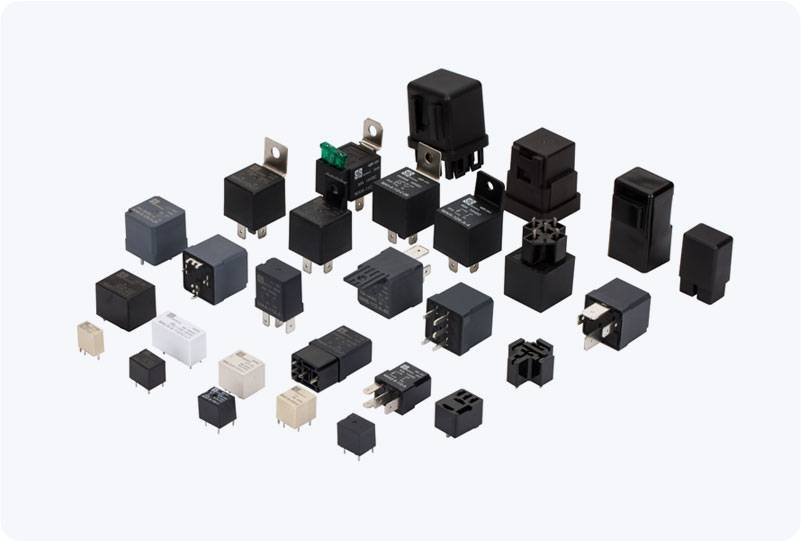The increasing demand for electric vehicles (EVs) and hybrid electric vehicles (HEVs) has propelled the need for innovative technologies that ensure safe, reliable, and efficient energy transfer. Among the key components of these vehicles, the High Voltage DC Relay plays a crucial role in controlling the power flow within the vehicle’s electrical systems. These relays are essential for regulating the high-voltage DC circuits that power critical components such as the battery, motor, and charging systems. In this article, we will explore the significance, functionality, and technical requirements of High Voltage DC Relays in New Energy Vehicles (NEVs).

The Role of High Voltage DC Relays in New Energy Vehicles High Voltage DC Relays are designed to manage and control the flow of high-voltage direct current (DC) electricity in electric and hybrid vehicles. EVs typically operate with a high-voltage battery pack, often exceeding 400V, to power the electric motor and other components. Since high voltage poses significant risks such as electric shocks, fires, and system failures, it is critical to control the distribution of electricity effectively. This is where the High Voltage DC Relay comes into play. These relays function by opening or closing electrical circuits to enable or disconnect the flow of current. A key characteristic of High Voltage DC Relays is their ability to handle high-current levels while providing rapid response times for circuit protection. They are activated by signals from the vehicle’s Battery Management System (BMS), ensuring safe and efficient operation under varying load conditions.